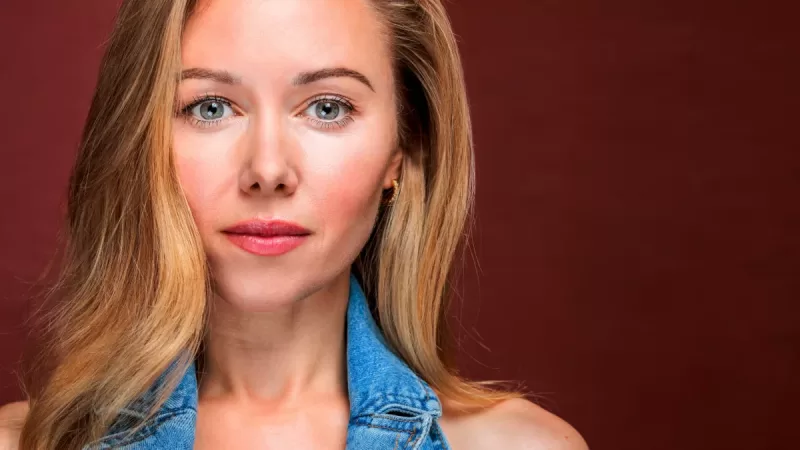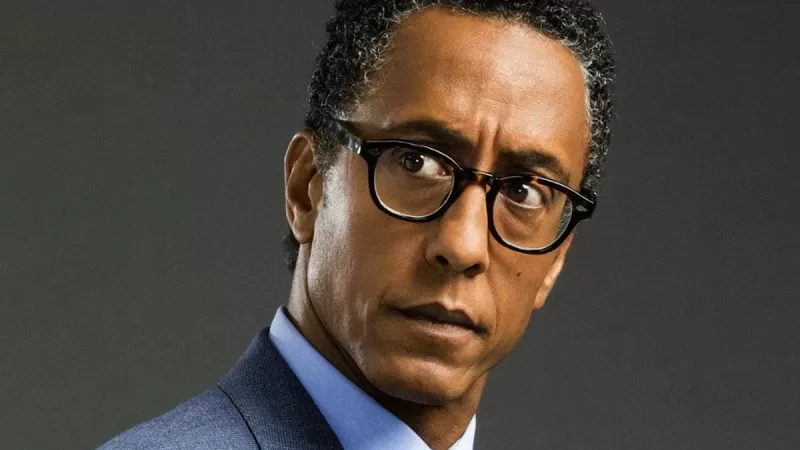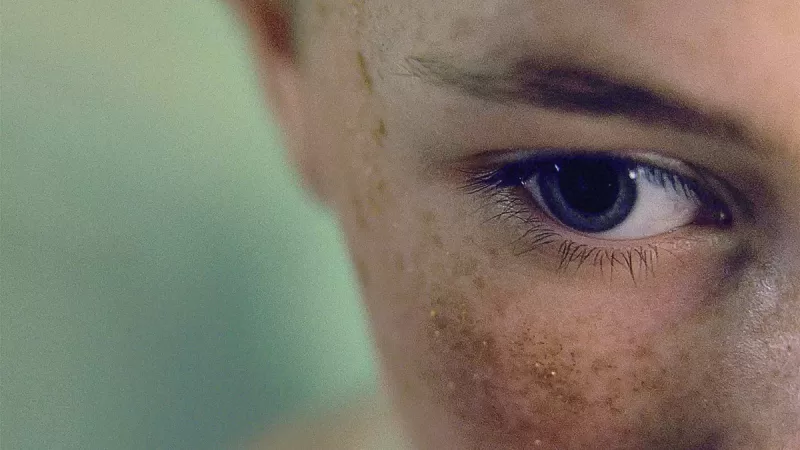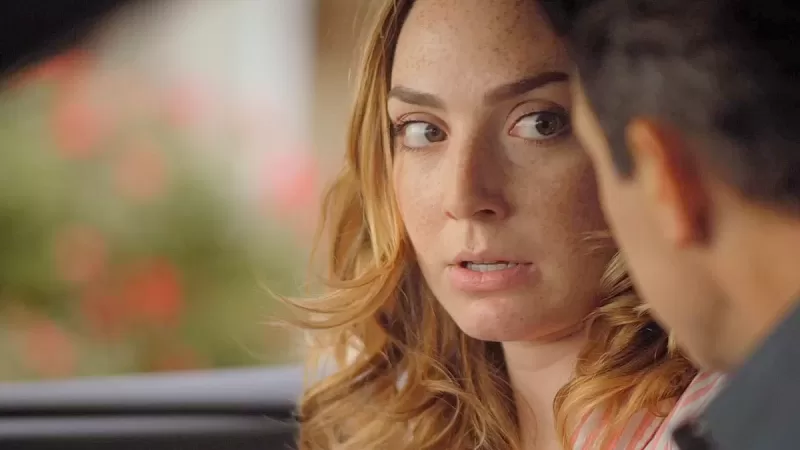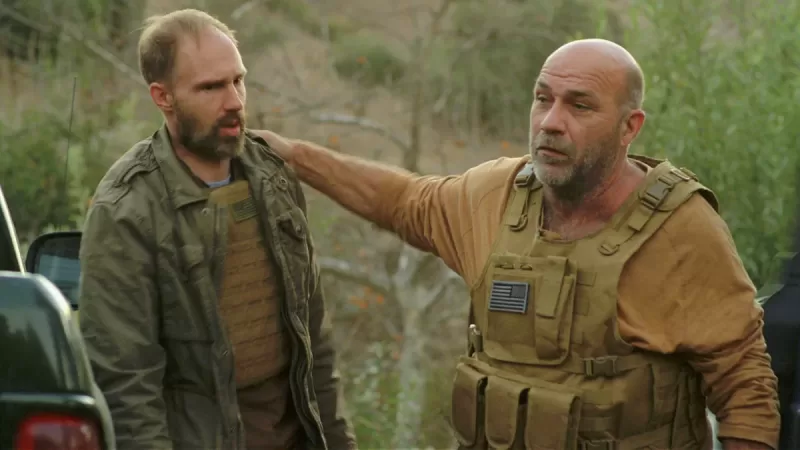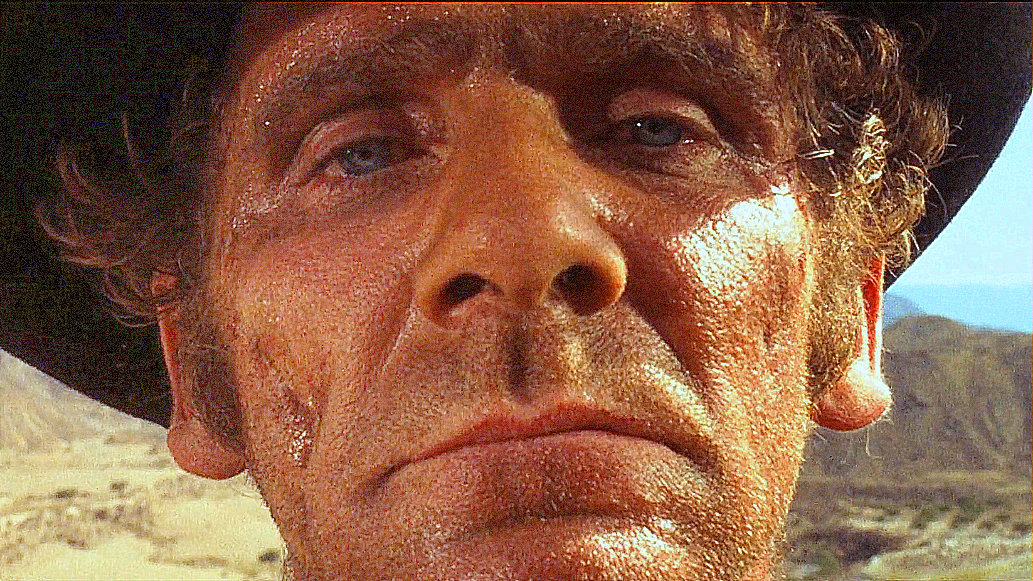
Oladapo Bamidele (February, 8, 2024) —
Mastering Cinematic Composition or Exploring the Art of Composition in Cinematography: Rule of Thirds, and Beyond
Welcome, cinematography enthusiasts! Today, we embark on a captivating journey mastering cinematic composition as we dive into the realm of film composition. It’s about creating images that captivate your viewers and conveys your unique story. Let’s delve into the renowned Rule of Thirds. Venture into advanced composition techniques, unlocking the secrets to visually stunning photos that stir emotions and leave a lasting impression.
The Essence of Cinematography: Painting with Light and Shadow
Mastering cinematic composition in cinematography involves a meticulous blend of artistic and technical expertise. In order to bring stories to life through visual imagery. It goes beyond the mere act of capturing images. It encompasses the strategic selection of equipment, lighting, and composition to effectively communicate narratives.
What is Cinematography?
Cinematography is a fusion of creativity and technical prowess. Where each frame is meticulously crafted to convey emotion, mood, and tone. The Director of Photography (DoP), also known as the Cinematographer, is the mastermind behind this visual orchestration. He is a master of cinematic composition. They make critical decisions about camera angles, lighting, and composition to encapsulate the essence of a story. In other words he isn’t mastering cinematic composition he is the master.
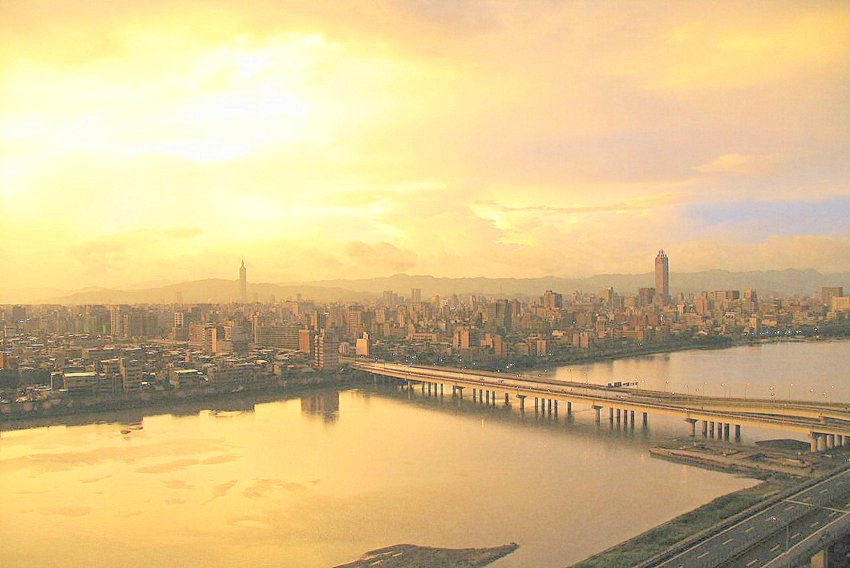
The Power of Visual Storytelling
Cinematography is the backbone of visual storytelling in cinema. It transcends language barriers, captivating audiences through the universal language of imagery. From the grandeur of sweeping landscapes to the intimacy of close-ups. Cinematography has the power to evoke profound emotional responses and immerse viewers in the narrative. This topic of mastering cinematic composition is therefore essential.
By harnessing the interplay of light and shadow, cinematographers paint a vivid tapestry of visual storytelling. Drawing audiences into a world where every frame is a work of art.
The Rule of Thirds: A Cinematic Staple
The Basics
The Rule of Thirds is a fundamental principle in both photography and cinematography. It is important in mastering cinematic composition in film. It involves dividing the frame into nine equal segments using two horizontal and two vertical lines. The four points where these lines intersect are where the key compositional elements are ideally placed. They are to create visually pleasing and compelling images. By adhering to this principle, filmmakers can bring balance and visual interest to their shots.
Balancing Elements for Visual Harmony
Implementing the Rule of Thirds allows for the balanced placement of significant elements within the frame. By creating a sense of visual harmony. When you place the main subject or the points of interest at the intersections. It draws the viewer’s attention and adds depth to the composition. This technique also encourages the creative use of negative space. It facilitates a dynamic interaction between the subject and the surrounding environment.
The Rule of Thirds in Iconic Movie Scenes
The Rule of Thirds is employed in mastering cinematic composition. We observe it in numerous iconic movie scenes, contributing to their enduring visual impact and emotional resonance. For example, let’s reference the film Forrest Gump. There is a juxtaposition of the forests against the vast landscapes. It utilizes the Rule of Thirds to evoke a sense of both vulnerability and strength. Similarly, in it applies in The Shawshank Redemption. There is a strategic positioning of characters within the frame. This aligns with the Rule of Thirds, amplifying the emotional depth of the storytelling.
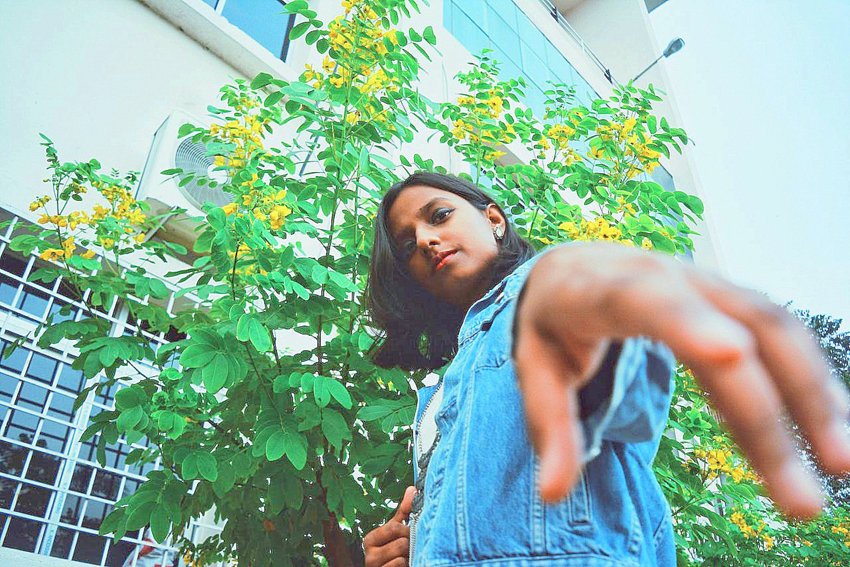
Beyond the Basics: Advanced Composition Techniques
In the realm of cinematography, mastering cinematic composition or mastering advanced composition techniques can elevate your work to new heights. Going beyond the basic rules of composition, such as the rule of thirds, opens up a world of creative possibilities. Let’s delve into some advanced techniques that can add depth and visual interest to your cinematography.
Leading Lines and the Viewer’s Eye
One of the most powerful composition techniques is the use of leading lines. These lines guide the viewer’s eye through the frame. In mastering cinematic composition, whether it’s a winding road, or a meandering river. A row of buildings, leading lines can create a sense of depth and draw the audience into the scene. By strategically incorporating leading lines into your compositions. You can direct attention to the focal point of your shot, creating a visually captivating experience for the viewer.
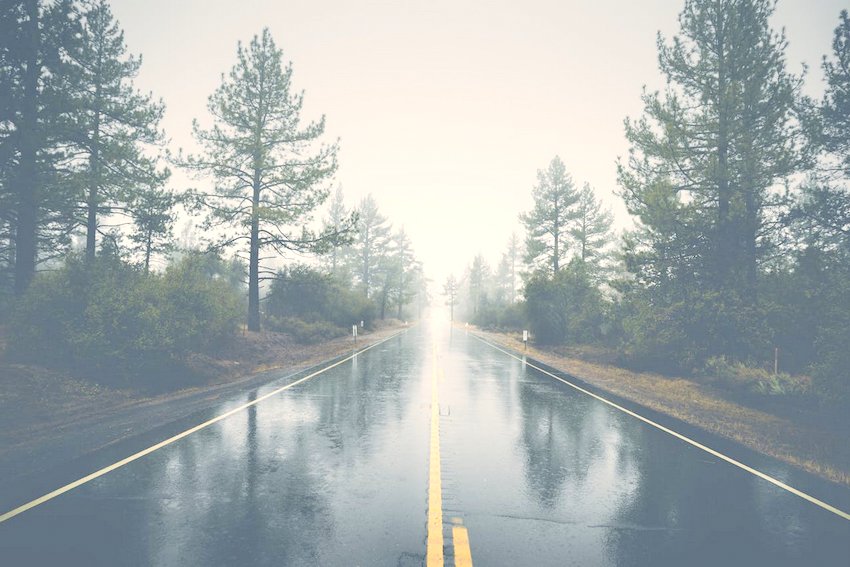
Depth of Field
Manipulating the depth of field in cinematography can dramatically impact the visual storytelling of a scene. It is a key technique in mastering cinematic composition. Whether you choose to capture a shallow depth of field to isolate your subject. Or opt for a deep depth of field to encompass the entire environment. Understanding how to control depth of field empowers you to convey narrative emphasis and mood through visual means. Mastering this technique adds a layer of complexity and artistry to your compositions.
Framing Within a Frame
Creating a frame within the frame adds an intriguing dimension to your cinematography. It is a great technique for mastering cinematic composition in film or cinema. Use elements within the scene to frame the main subject. You can bring focus and context to the central narrative. It an invitation to the audience to explore the layers of visual storytelling within the frame. This technique encourages viewers to engage with the composition on multiple levels, enriching their cinematic experience.
The Golden Ratio
The Golden Ratio, a timeless principle of aesthetic harmony, offers a compelling guide for composing visually striking cinematography. By harnessing the mathematical proportions of the Golden Ratio, you can create compositions that resonate with inherent balance and beauty. This age-old ratio provides a framework. This framework arranges visual elements in a way that is naturally pleasing to the human eye. It is an addition of a touch of visual elegance to your cinematography.
Incorporate these advanced composition techniques into your cinematography toolkit. Doing so can significantly elevate the impact of your visual storytelling. It enables you to create immersive and captivating cinematic experiences for your audience. It gives the audience great experience based on you technique of mastering cinematic composition
Movement and Rhythm: Composing with Motion
To create visually captivating cinematic compositions, it’s essential to master the art of movement and rhythm. The interplay of camera movement, timing, and pace contributes to the overall storytelling and emotional impact of a scene.
The Dance of Camera Movements
A choreographer carefully stages the movements of dancers. A cinematographer orchestrates the fluidity and precision of camera movements to convey the desired mood and intensity. These two artists are similar. For a cinematographer, if a sweeping crane shot is required to establish grandeur. Or a handheld camera for a raw, immersive sequence. Each movement serves a purpose in the composition.
Timing and Pace in Composition
Timing and pace are critical elements in cinematography, influencing the audience’s engagement and emotional response. The rhythm of camera movements can build tension, evoke excitement, or convey tranquility. The filmmaker harnesses the power of space, timing and pace. It enables filmmakers to guide viewers through a visual symphony of emotions, seamlessly integrating them into the narrative fabric.
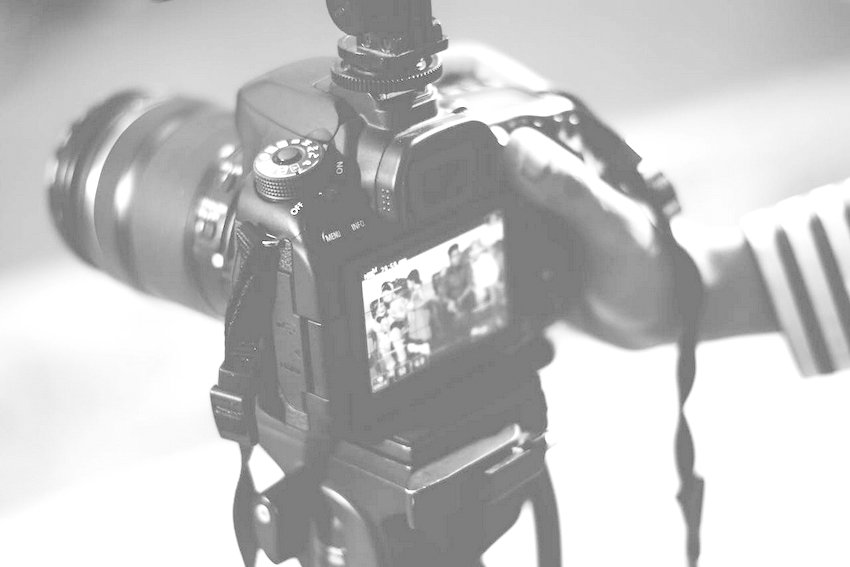
Light as a Compositional Tool
Light is a powerful element in cinematography, shaping the visual narrative and evoking emotions. Understanding the interplay of highlight and shadow, color temperature, and mood can elevate the storytelling aspect of cinematography.
Highlight and Shadow
The contrast between highlight and shadow creates depth and dimension in cinematography. The interplay of light and dark areas can draw the viewer’s focus. It can sculpt the subject, to establish an overall visual tone. The careful manipulation of highlight with shadow can emphasize specific elements within a frame. It directs the audience’s attention and creating a sense of visual intrigue.
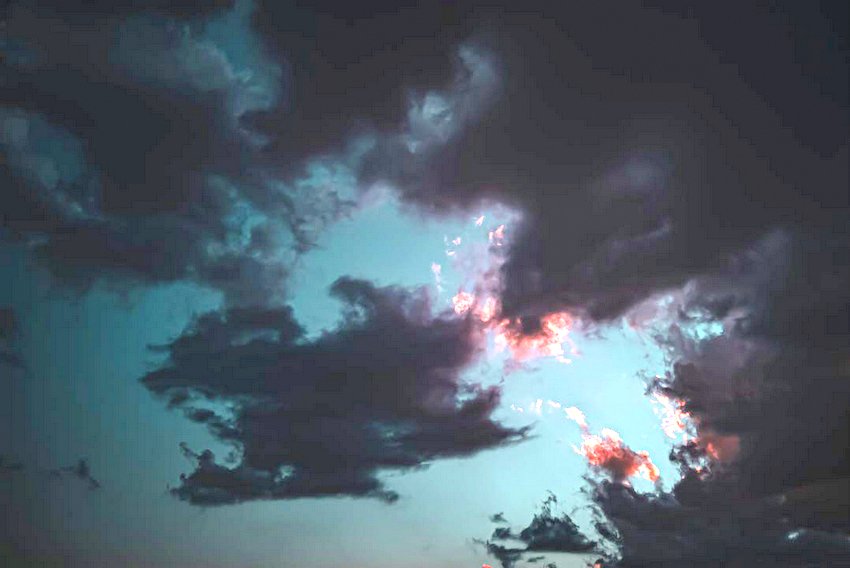
Color Temperature and Mood
Color temperature plays a pivotal role in setting the mood and atmosphere of a scene. Warm tones can evoke intimacy and nostalgia, while cooler tones may impart a sense of detachment or unease. Cinematographers strategically utilize varying color temperatures. They use this to convey emotional subtext, and establish the desired ambiance. Thereby influencing the audience’s perception and emotional response.
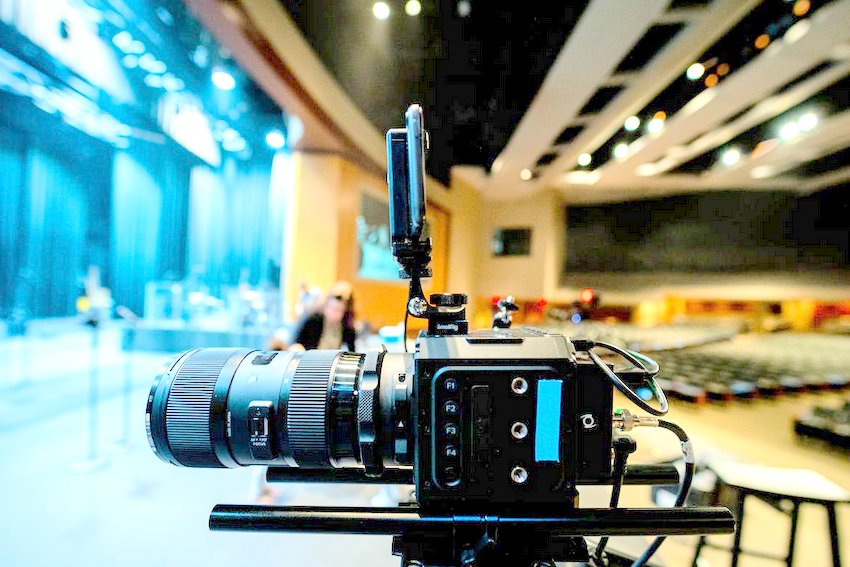
Mood
The portrayal of mood through lighting is a fundamental aspect of cinematography. Crafted lighting schemes can evoke emotions, immerse the audience in the narrative, and underscore the thematic essence of a film. Through mastery they employ light and shadow. Cinematographers shape the emotional resonance of a scene. They amplify the storytelling impact, then ensuring a captivating visual experience for the audience.
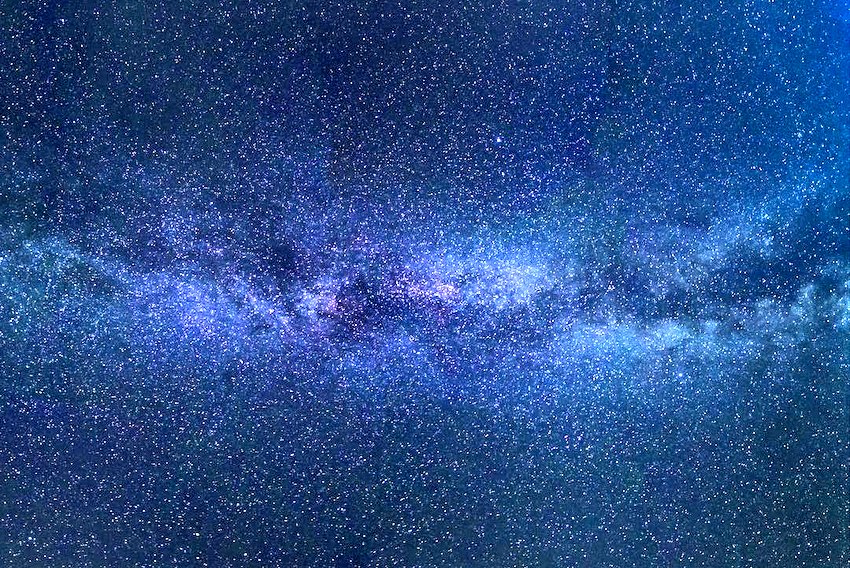
The Psychology of Composition
Understanding the psychology of composition is essential for cinematographers to evoke specific emotions and convey cultural perspectives through visuals. By strategically composing each frame, filmmakers can influence how the audience interprets and connects with the content on screen.
How Composition Affects Emotions
The arrangement of visual elements within a frame can significantly impact the audience’s emotional responses. For example, the use of symmetrical composition. It may create a sense of stability and order, while asymmetrical composition can evoke tension and imbalance. A centered composition conveys a feeling of balance and harmony. Whereas off-center placement can create a sense of movement and dynamism. Colors, shapes, and lines within the composition also play crucial roles in eliciting emotional reactions from the viewers. By leveraging these compositional techniques, filmmakers can guide the audience’s emotional journey throughout the narrative.
Cultural Perspectives in Visual Composition
Visual composition is deeply intertwined with cultural norms, beliefs, and visual literacy. Different cultures may have unique preferences for composition styles, color symbolism, and spatial arrangements. Understanding these cultural nuances is pivotal in creating visually compelling and culturally resonant cinematography. By taking cultural perspectives into account. Filmmakers can establish a deeper connection with diverse audiences and communicate narratives that are sensitive to various cultural contexts.

Breaking the Rules: When and Why
Iconoclasts of Cinematography
Cinematography, like any art form, has its rulebook. The rule of thirds, leading lines, and symmetry are fundamental principles. However, breaking these rules can lead to groundbreaking and unique compositions. Iconoclasts in cinematography are the visionaries who dared to challenge traditional composition norms. They created new visual languages that inspire and provoke. Filmmakers like Stanley Kubrick, Wes Anderson, and Quentin Tarantino have challenged conventional composition. They leave a lasting impact on the art of storytelling through film.
Composition in Cinematography / Oppenheimer
The Impact of Unconventional Composition
Unconventional composition in cinematography has the power to evoke emotions, challenge perceptions, and immerse the audience in unexpected narratives. By defying the traditional guidelines of composition, filmmakers can create tension, unease, or a sense of wonder. That wouldn’t be achievable within the confines of traditional cinematography. The impact of unconventional composition extends beyond the visual realm. It influences how stories are conveyed and how audiences engage with the narrative on a deeper, more intimate level.
Unconventional Composition in Cinematography / The Best Movies of 2021
Analyzing Composition in Modern Films
The art of composition in modern cinematography has evolved. It now encompass a wide array of techniques, enriching the visual storytelling experience for audiences. Through the lens of the Rule of Thirds and beyond, filmmakers delve into thought-provoking composition strategies. These then resonate with viewers on a profound level.
Case Studies
Exploring the composition of modern films unveils captivating case studies that demonstrate the power of visual storytelling. Inception (2010) is sci-fi film directed by Christopher Nolan. It presents a remarkable use of symmetry and framing to convey the surreal nature of dreams. There is a deliberate placement of characters and elements within the frame. This method adds layers of meaning to the narrative, engaging viewers on a subconscious level.
Another compelling case study is Mad Max: Fury Road (2015) is an apocalyptic film directed by George Miller. The film’s dynamic composition and innovative use of the “center framing” technique. It intensifies the high-octane action sequences, pulling audiences into the heart of the chaos while maintaining visual clarity.
Current Trends in Cinematic Composition
In the realm of modern cinematic composition, several trends have emerged, shaping the visual language of contemporary films. One prominent trend is the emphasis on unconventional perspectives and asymmetrical framing, challenging traditional notions of balance and harmony. This approach adds a sense of dynamism and unpredictability to visual narratives, heightening emotional impact and immersion for the audience.
Additionally, the integration of advanced technology and visual effects has opened new frontiers for composition in modern filmmaking. Directors and cinematographers leverage innovative tools and techniques. They us these to push the boundaries of storytelling through visually stunning compositions, enhancing the overall cinematic experience.
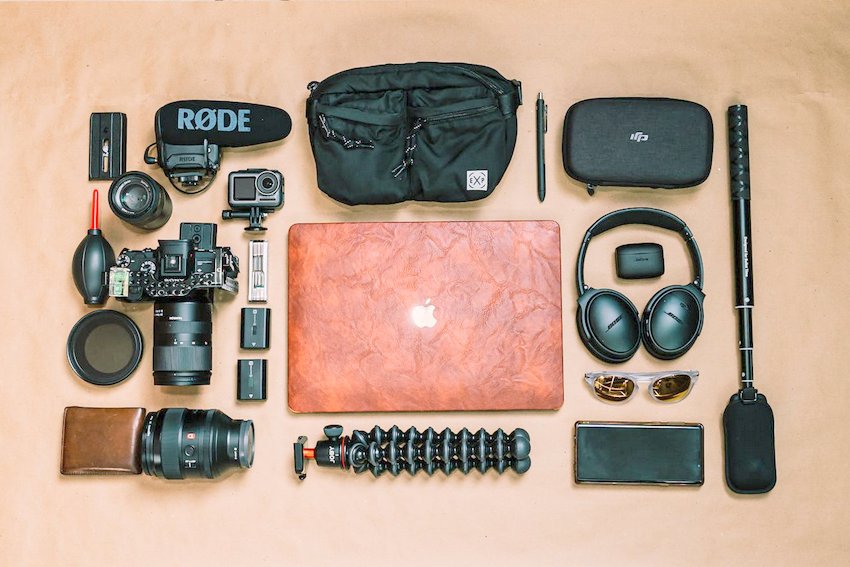
Improving Your Own Cinematic Eye
Enhancing your cinematographic skills requires deliberate practice and exposure to the works of influential filmmakers. By engaging in specific exercises, you can refine your ability to compose visually stunning shots. And tell captivating stories through your camera lens.
Exercises to Sharpen Your Composition Skills
1. Rule of Thirds Practice:
Experiment with the rule of thirds by dividing your frame into nine equal parts using gridlines. Place your subject along these lines or at their intersections to create visually compelling compositions. Practice this technique with different subjects and scenes to understand its impact on storytelling and visual appeal.
2. Leading Lines Exercise:
Seek out natural or man-made leading lines within your environment. Use these lines to guide the viewer’s eye towards the main focal point of your composition. Experiment with various perspectives and angles to understand how leading lines contribute to the overall visual narrative.
3. Frame Within a Frame Challenge:
Explore the concept of framing within your shots. Utilize elements within your environment to create natural frames around your subjects, adding depth and context to your compositions. This exercise encourages you to consider how the surroundings can enhance the central focus of your visual storytelling.
Learning from the Masters
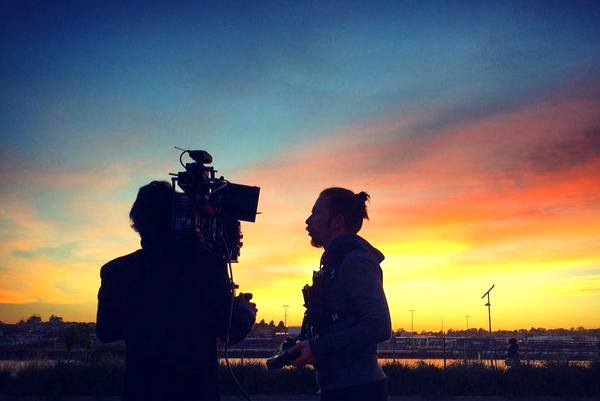
Studying the works of renowned cinematographers and directors can provide invaluable insights into the art of composition. Analyze films from pioneers such as Stanley Kubrick, Akira Kurosawa, and Agnès Varda. This study opens you to understand their distinct approaches to visual storytelling. Pay attention to how they utilize composition, framing, and camera movement to evoke emotions and convey narrative depth.
Immerse yourself in the techniques employed by these masters. You can expand your own cinematic vocabulary and gain inspiration for your own creative endeavors. Draw from their expertise, to elevate your compositions. This frees you. It allows you to infuse your work with the wisdom of storytelling luminaries while developing your unique artistic voice.
Conclusion
Mastering the art of composition in cinematography is a journey of continuous learning and creativity. Embracing the Rule of Thirds opens the door to visually captivating images that resonate with viewers on a deeper level. Then move beyond the basics. Incorporate advanced techniques like leading lines, framing, symmetry, and foreground-background interplay. The Golden Ratio and the magic of color and contrast elevates your storytelling abilities through cinematography. With your consistent practice and exploration, you hone your skills. These tasks unleash your creative vision to craft compelling and impactful cinematic compositions.
Did this press release inform you? Would you like to comment on Mastering Cinematic Composition: Elevating Your Visual Storytelling? If you do, we would respond. Do let us know your thoughts if you have any suggestions. So hit us up on Facebook, Instagram! or Twitter.
INDIE ACTIVITIES
Escape by Howard J. Ford stars Sarah Alexandra Marks from Saban Now Out on VOD
Actress Sarah Alexandra Marks stars of a Saban action/thriller titled Escape
Andre Royo to Deliver Keynote Address at Beyond Hollywood Int’l Film Festival Awards Night
Andre Royo is at Beyond Hollywood Int’l Film Festival Release April 28th, 2024
CLODAGH Directed by Portia A. Buckley is an Official Selected Short at Cleveland
CLODAGH has been selected for the prestigious Cleveland International Film Festival
Stargazer by Alan McIntyre. A Spellbinding Tale of Science, Seduction and Betrayal Debuts April
Stargazer Gets Digital Debut for North American VOD Platforms and DVD on April 30, 2024
Day Labor by R. Ellis Frazier, Action Thriller Gets May Release
Freestyle Digital Media Acquires Action Thriller “Day Labor” For May Release

